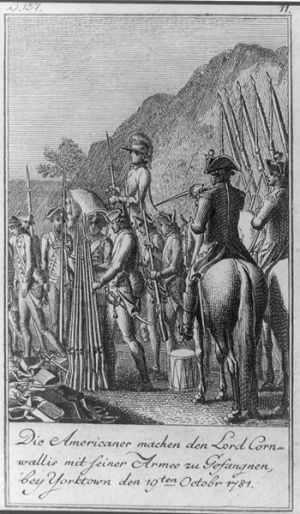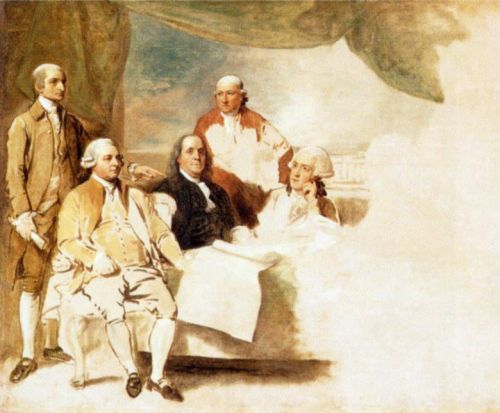The Battle of Yorktown, also called the Siege of Yorktown, was the final battle of the American Revolutionary War even though the Treaty of Paris, ending the war, would not be signed for another 2 years.
Yorktown, Virginia was founded in 1691 by Thomas Ballard along with Joseph Ring. The city was designed to be a shipping port for tobacco from Europe.
Before the Revolutionary War the town was known simply as York. Afterward it was renamed Yorktown.
The Battle of Yorktown was a memorable one: a remarkable victory for the patriots and an emfooassing loss for the British.
The Turmoil Begins
In the summer of 1781, after being unable to hold onto the Carolinas due to patriot resistance, British General and Earl Charles Cornwallis was sent to Yorktown to take hold of a fort near the river. General Henry Clinton wanted a port from which he could supply and reinforce the British regulars in Virginia. Lord Cornwallis agreed to this after being promised reinforcements from New York.

German engraving of Lord Cornwallis’ surrender at the Battle of Yorktown.
The words read:Die Americaner machen den Lord Cornwallis mit seiner Armee zu Gefangnen, bey Yorktown den 19ten October 1781.In English:”The Americans capture the Lord Cornwallis with his army at Yorktown on the 19th of October, 1781.”
Meanwhile, French ships had recently come to the aid of George Washington‘s army. Washington, along with French General de Rochambeau, was trying to find a way to take New York when a messenger boy arrived with the news of the British encampment in Yorktown. Washington decided to go down and take back the fort in which the British were staked.
When Corwallis received the news, he was left with the choice to flee to New York, where he risked running into the French; flee to North Carolina, where safety was also not certain; or stand and fight Washington’s army. He chose to stay, his only hope lying in the soldiers he was promised by Clinton.
The Battle of Yorktown Begins
Upon the arrival of the American soldiers, Cornwallis had only one advantage: the fort they were in. When he saw how many more American soldiers than British there were, he tried to flee across the York river to the fort he had taken on the other side. As soon as he left his current fort, the Americans took it. His attempt to cross the river failed, due to a storm that was tossing the waters badly, making it impossible to cross.
The French ships arrived the next day, cutting off all hope of reinforcements from General Clinton. By this time the Americans had begun to fire on the British army and things were looking bad for Lord Cornwallis.
The Surrender
All of the British supplies had been lost to the Americans when Cornwallis had fled the fort. His only option now was to surrender or die. On October 19, the second in command of the British army came out in place of Lord Cornwallis—who feigned illness because he could not bear the shame—to present the earl’s sword, ending the Battle of Yorktown in a complete British surrender.
When he returned to England, his name had been dragged through the mud. In later years, he would be known as the man who lost America.

Unfinished Treaty of Paris painting by B. West
The Battle of Yorktown was the last major battles before the signing of the Treaty of Paris in September of 1783. During the signing, the British were asked to pose for a painting for the history books, but they refused to face forward. The painting is still incomplete.


